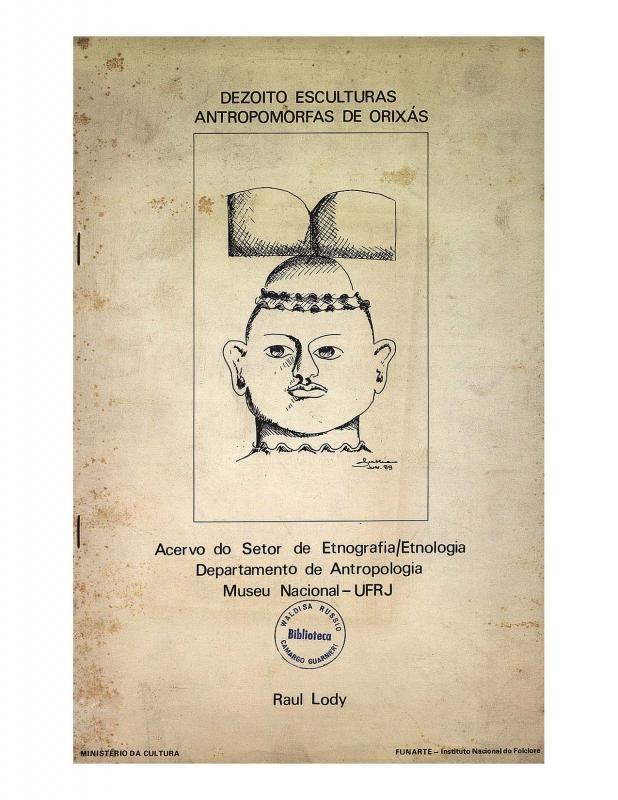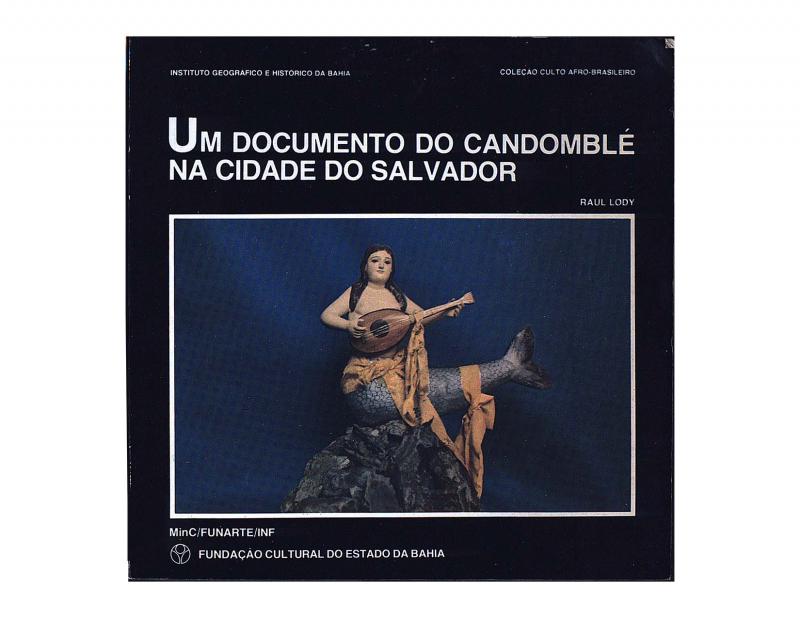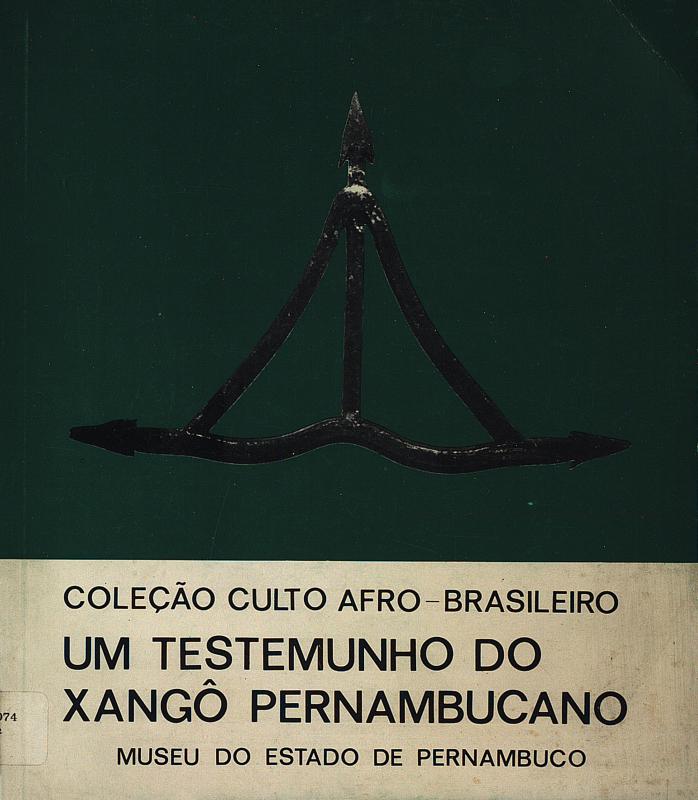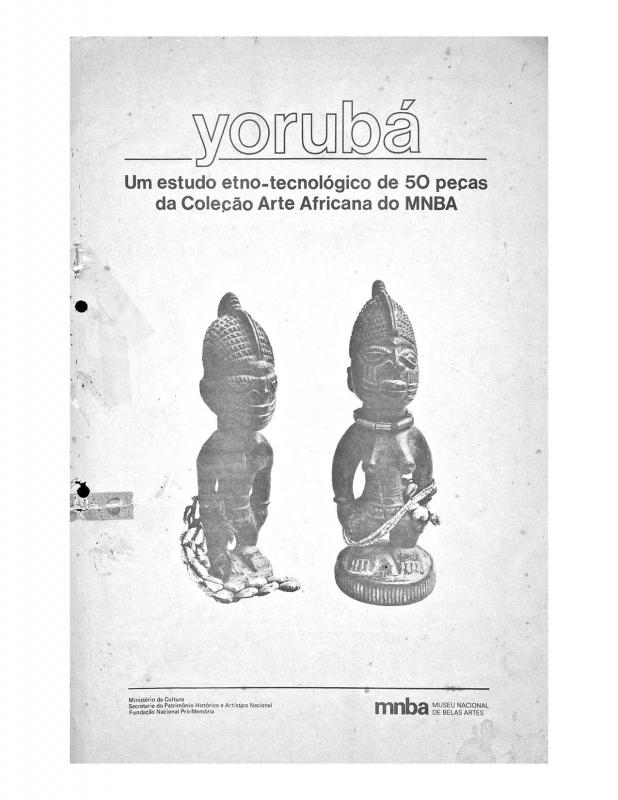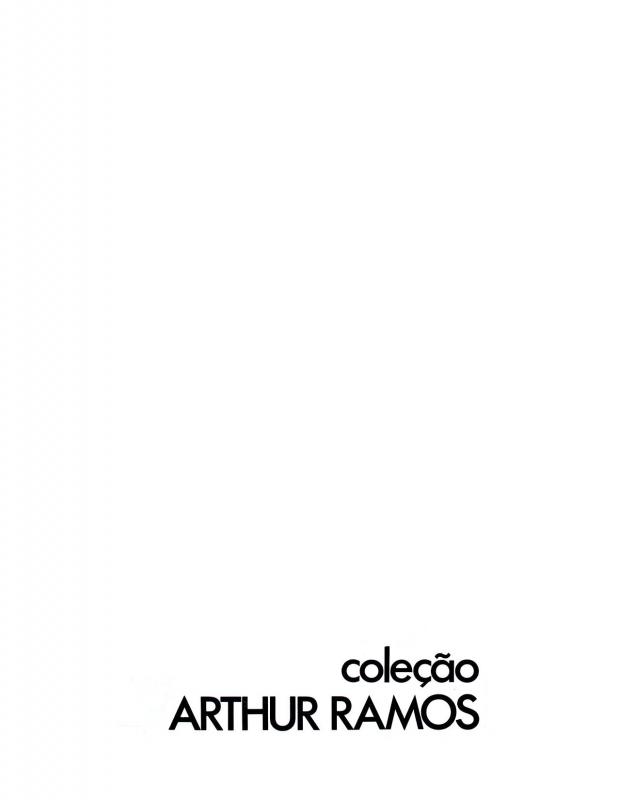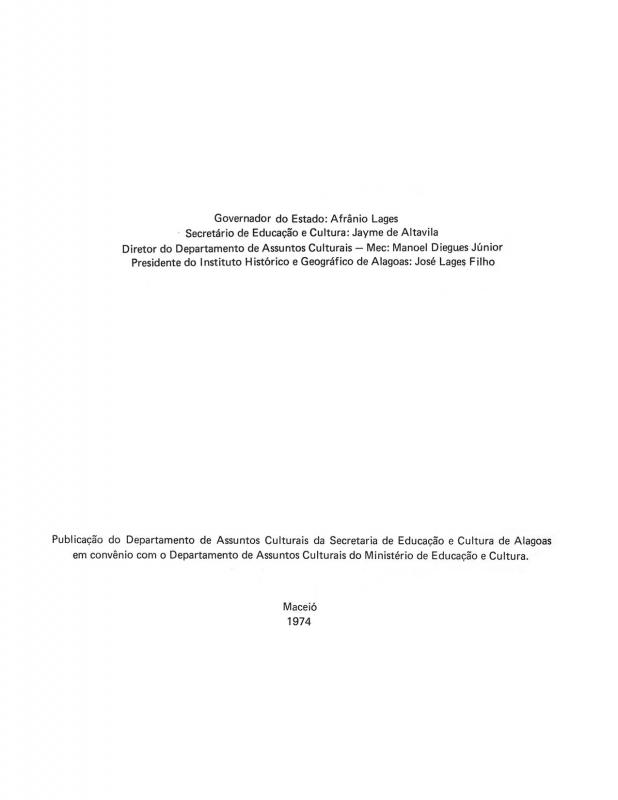This essay testifies to the abiding strength of the bonds that link art and religion, as well as to the entrenched position of African culture in popular sculpture and academic education. For the benefit of the lay public, the essay explains the symbolic nature of the altars at the exhibition, which include those used in Candomblé (a religious movement with purely African roots) and in Macumba (a Brazilian fusion of Afro-Christian traditions). The essay appears in one of the six catalogues produced for Arte e Religiosidade no Brasil. Heranças africanas, the ambitious exhibition organized by the Pinacoteca do Estado de São Paulo in 1997 to showcase different aspects of Afro-Brazilian religious art. The section called Cosmologias e Altares presented a number of works of art used in this field to show how aesthetics were combined with cosmological meanings to influence the exquisite crafting of the altars.
For more information on these cultural and religious objects associated with the above-mentioned rituals, see in the ICAA digital archive, the work of another Brazilian anthropologist, Raúl Lody (b. 1952), in the following essays and articles: “Dezoito esculturas antropomorfas de orixás” (doc. no. 1110529); “Coleção culto afro-Brasileiro: um documento do candomblé na cidade do Salvador” (doc. no. 1110527); “Coleção culto afro-brasileiro: um testemunho do Xangô pernambucano” (doc. no. 1110526); “Yorubá: um estudo etno-tecnológico de 50 peças da coleção arte africana do Museu Nacional de Belas-Artes” (doc. no. 1110532); “Coleção Arthur Ramos” (doc. no. 1110525); and “Catálogo ilustrado da Coleção Perseverança” (doc. no. 1110522).
Maria Lúcia Montes is an interdisciplinary anthropologist; she has been a teacher at the USP (Universidade de São Paulo) since 1964. Her academic work, which is influenced by her close community involvement and her relationship with social movements, focuses mainly on public education and the preservation of Brazilian historical memory.

